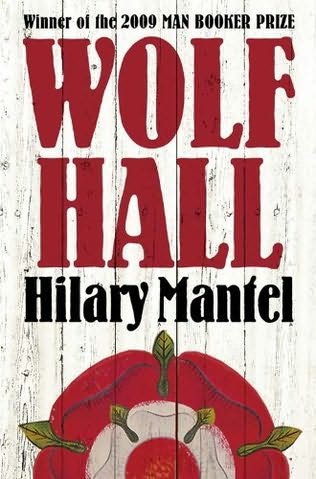
Year of first publication: 2002
Genre: novel, political novel
Country: Turkey
Nobel Prize for Literature 2006
In italiano: Neve di Orhan Pamuk, edito da Einaudi (2004), €12,80
Plot: Ka, a renowned Turkish poet who has been living in Germany for some 12 years, decides to go back to his home country. A friend suggests that he should go to Kars, a town on the border with Georgia and Armenia, and pose as a journalist there. In Kars a number of women have committed suicide because they didn’t want to take off their head scarves in the university buildings. The fact has caused a lot of debate in the country, as suicide is notoriously forbidden in Islam. In the small snowy town of Kars, Ka reunites with Ipek, a woman whom he once had feelings for, and finds himself in the middle of the tensions between political Islamists and secular nationalists. Ka becomes increasingly involved in many-sided intrigues in an incredible and absurd whirlwind of events.
Some thoughts: In the light of Turkey’s desire to join the European Union, this is a good novel to read if you wish to have an idea of some of the problems of Turkey, which is a secular country with a large Muslim majority. As a result of its position between Europe and Asia and of its troubled history, in Turkey there are both firm believers and atheists, religious extremists and secularists. Pamuk shows that even inside the same family there can be very different opinions on religion: for example Ipek and Kadife, two sisters, have opposite views of religion (one wears hijab as a flag of her religious beliefs, whereas the other doesn’t wear it and has extramarital sex). Religion and politics are the big topics of this novel, with their complexities and contradictions. The main character, though, doesn’t even know if he believes in God or not: when asked if he is an atheist he cannot answer. He doesn’t care for politics or religion and this makes him profoundly different from every one else in town. All he wants is Ipek: he childishly dreams of taking her with him to Germany where they would be happy forever after.
You can easily spot two obvious literary influences in the book: the first one is Franz Kafka (the absurdity of the farcical situations experienced by Ka, whose name is a reference to K, the main character of The Castle) and the second one is Dostoevsky (the introspection, the snow, the wanderings around town, the political commitment of the characters are all reminiscent of his works). There is also some postmodernism in the fact that the novel is largely seen from the point of view of Ka but it is written by one of his closest friends, Orhan, who may or may not be the same Orhan who is writing the actual book. Ka, like the author, comes from a bourgeois, wealthy family of Istanbul and he is a political exile in Germany, thus he’s very different from the inhabitants of Kars, who, according to Orhan, are poor, isolated and provincial. Orhan, who’s reporting Ka’s story, at a certain point apologizes if he has portrayed them in a simplistic way, assuring his readers that he has done his best to avoid this. I’m unsure if this is a small flaw in the book, or if it’s rather a very nice way of being honest about writing of a place you don’t belong to.
Snow is not an easy read, with all its politics and intrigues, but it is certainly worth a try. It is a novel in which poetry plays an important role: not only is Pamuk's style poetic, but he uses Ka's poems as an important device to keep the novel going.
About the author: Orhan Pamuk was born in Istanbul in 1952 into a bourgeois family. He studied architecture in Istanbul, but left the career and then graduated in journalism. Popular success came in 1990, when his novel Kara Kitap (The Black Book) became one of the most controversial and popular readings in Turkish literature, due to its complexity and 1995 publication and became the fastest-selling book in Turkish history. By this time, Pamuk had also become a high-profile figure in Turkey, due to his support for Kurdish political richness. Pamuk's international reputation continued to increase when he published Benim Adım Kırmızı (My Name is Red) in 2000. My Name is Red is set in 1591, during the reign of Ottoman Sultan Murat III. As many of Pamuk’s novels, it explores the relationships and the tensions between East and West. Pamuk's next novel was Kar in 2002 (Snow), which takes place in the border city of Kars and explores the conflict between Islamism and Westernism in modern Turkey. In 2005 he made a statement regarding the mass killings of Armenians and Kurds in the Ottoman Empire and a criminal case was opened against him for insulting Tukey and Turkishness. The charges were finally dropped in 2006. In that same year he was awarded the Nobel Prize for Literature with this motivation: "In the quest for the melancholic soul of his native city, [Pamuk] has discovered new symbols for the clash and interlacing of cultures”. His newest novel is Masumiyet Müzesi (The Museum of Innocence).
On Snow you can also read
“Anatolian Arabesques”, John Updike’s review in The New Yorker. And here’s a link to a short story by Orhan Pamuk if want to “taste” him (also from The New Yorker).






